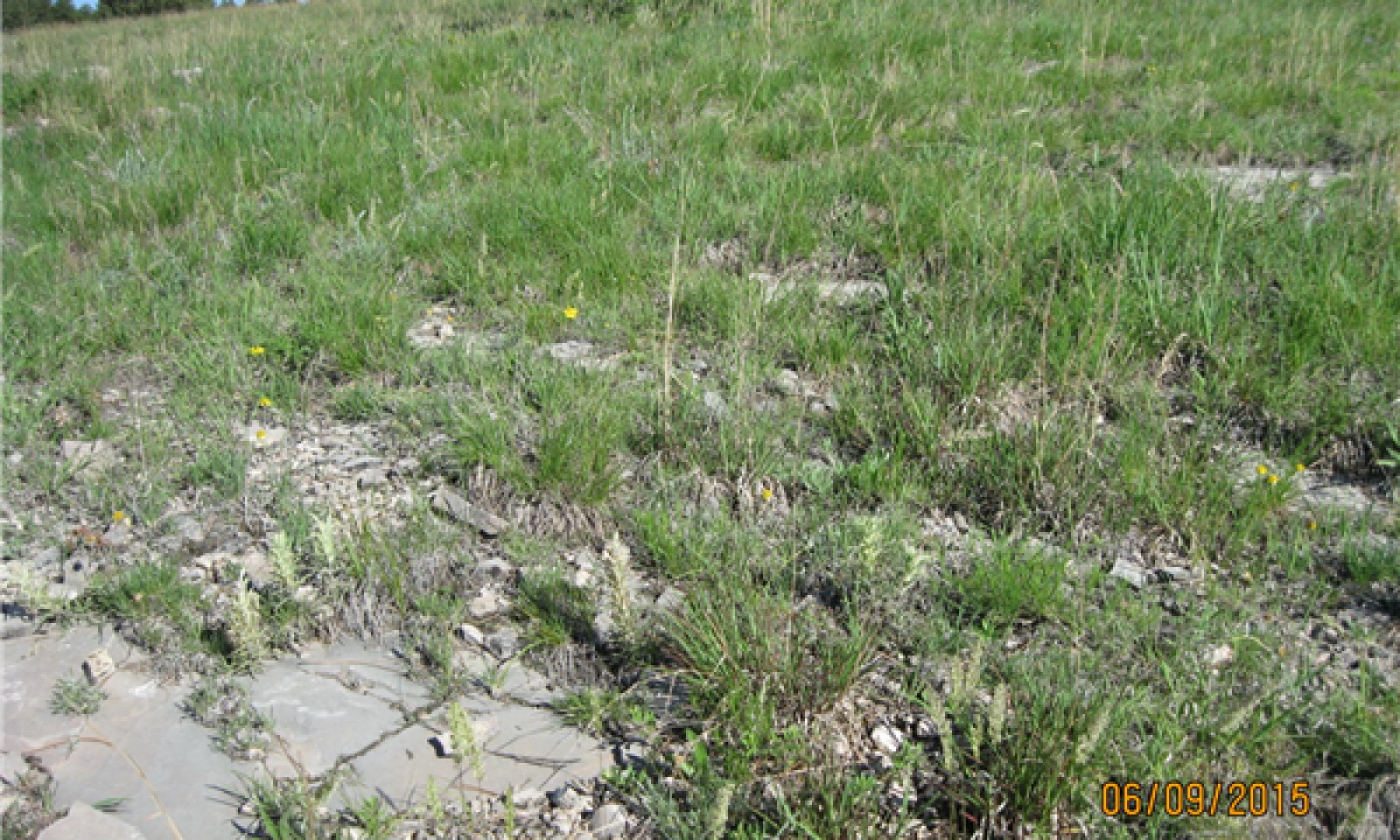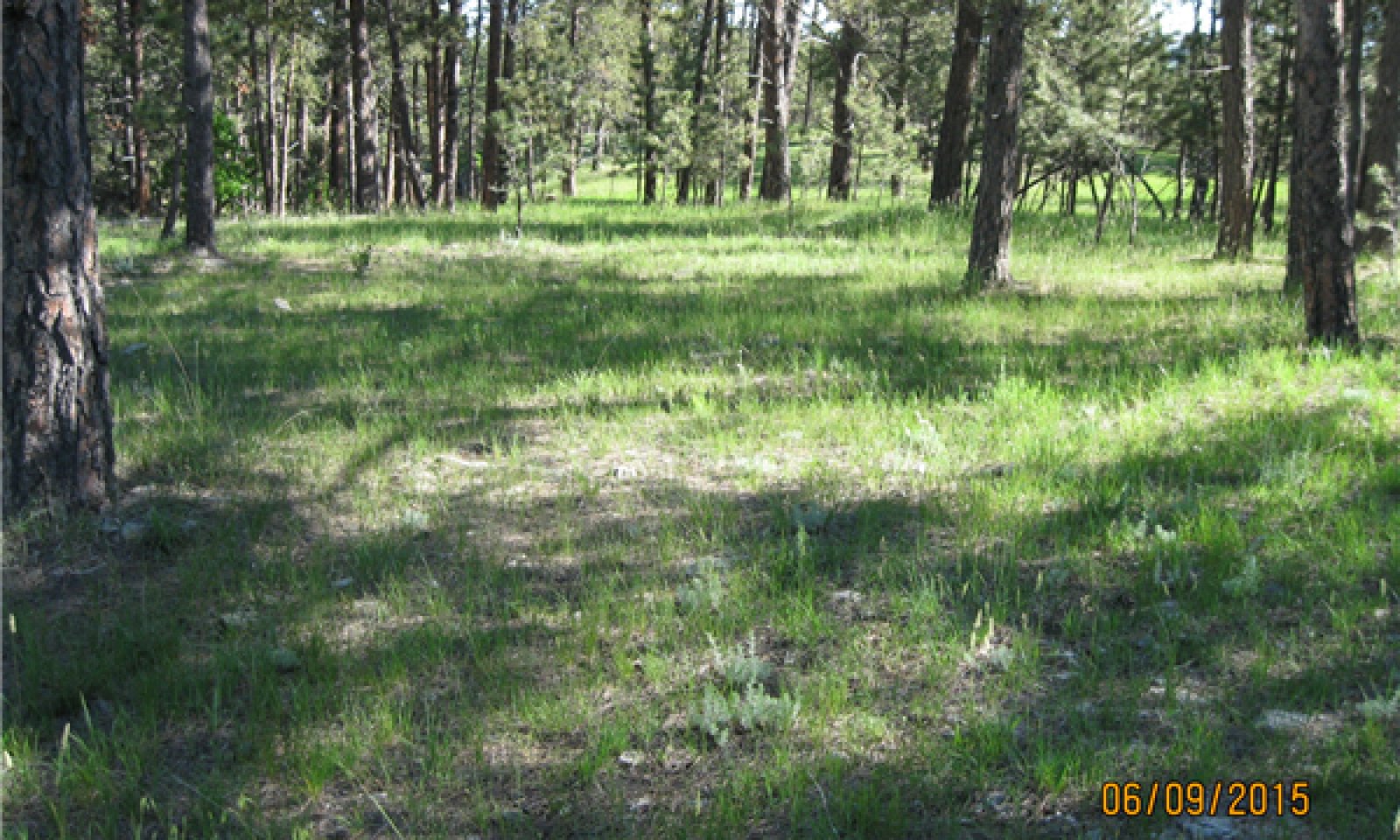
Shallow Loamy - North
Scenario model
Current ecosystem state
Select a state
Management practices/drivers
Select a transition or restoration pathway
- Transition 1A More details
- Transition 1B More details
- Restoration pathway 2A More details
- Transition 2A More details
- Restoration pathway 3A More details
- Transition 3A More details
-
No transition or restoration pathway between the selected states has been described
Target ecosystem state
Select a state
Description
This state represents the natural range of variability that dominates the dynamics in this ecological site. This site is dominated by warm-season grasses, with cool-season grasses being subdominant. In pre-European times the primary disturbances included fire and grazing by large ungulates and small mammals. Favorable growing conditions during the spring as well as the warm months of June and July along with routine or occasional fires, reduces tree cover and contributes to the ecological processes that maintain the reference plant community.
Today a similar state can be found in areas where proper livestock use has occurred and where the encroachment of trees, especially ponderosa pine, has been limited.
Submodel
Description
This state is dominated by short-grass species and sedges and is the result of continuous season-long grazing or heavy continuous grazing. Desirable species have been over utilized and removed or greatly reduced in the plant community. The site is has increased runoff and depending on percent bare ground the site can be susceptible to erosion. This state can be very resistant to change.
Submodel
Description
This state is dominated by conifer and is a result of heavy continuous grazing and lack of frequent fire or no use and no fire resulting in encroachment of conifers. Areas of intermediate and dense ponderosa pine canopy was found to reduce precipitation reaching the forest floor by an average of 30 percent (Wrage, 1994). Native warm-season grasses such as bluestems, sideoats grama, blue grama and cool-season grasses such as wheatgrasses and needlegrasses declined as overstory canopy cover increases. Shade tolerant grasses, such as poverty oatgrass, bluegrasses, and rough-leaved ricegrass increase. Forbs such as cudweed, sagewort and shrubs such as wood rose increased under intermediate canopy closure (< 25 percent). In the absence of fire, this plant community phase will be resistant to change. Ponderosa pine canopy can continue to increase over time, reducing herbaceous production and increasing bare ground. This state will have lower water infiltration rates, increased runoff, and potential for soil erosion. The resulting plant community is less productive for grazing animals than the other states.
Submodel
Mechanism
Continuous season-long grazing or heavy continuous grazing will cause a transition from the Reference State to a plant community dominated by shortgrass species in the Shortgrass State. Ponderosa pine may increase on this site but typically not greater than 8 percent canopy cover.
Mechanism
Heavy continuous season-long grazing with stocking rates well above the carrying capacity for the entire growing season combined with the absence of fire to control conifer seedling establishment, or no use, no fire and conifer encroachment will lead toward a conifer dominated state, State 3. More shade tolerant grasses will become dominant in this state.
Mechanism
Long-term prescribed grazing which provides growing season grazing deferment along with stocking rates not exceeding carrying capacities and periodic fire or prescribed burning will restore this plant community to the Reference State. The Shortgrass State can be resistant to change and grazing deferments and favorable growing conditions will in time help reestablish the plant community however management goals may not be achieved.
Mechanism
Continuous season-long grazing or heavy continuous grazing with stocking rates above the carrying capacity for the entire growing season combined with the absence of fire to control shrub and conifer seedlings’ establishment, or no use, no fire and encroachment will lead toward a conifer dominated state, State 3.
Mechanism
Fire or prescribed burning or mechanical brush management, plus long-term prescribed grazing may move the Conifer State back to the Reference State depending upon the plant community and climatic conditions. This could be a long-term process and the results may not
be achieved or meet management goals. Seeding may be successful following wildfire; however, it is recommended to use native species that replicate the structural functional groups in PCP 1.2.
Mechanism
Depending upon the existing herbaceous plant species in the understory, prescribed fire and/or mechanical brush management to remove conifers and long-term prescribed grazing may transition the Conifer State to the Shortgrass State. Grazing deferments and favorable growing conditions will in time help to reestablish the plant community; however, management goals may not be achieved.
Model keys
Briefcase
Add ecological sites and Major Land Resource Areas to your briefcase by clicking on the briefcase (![]() ) icon wherever it occurs. Drag and drop items to reorder. Cookies are used to store briefcase items between browsing sessions. Because of this, the number of items that can be added to your briefcase is limited, and briefcase items added on one device and browser cannot be accessed from another device or browser. Users who do not wish to place cookies on their devices should not use the briefcase tool. Briefcase cookies serve no other purpose than described here and are deleted whenever browsing history is cleared.
) icon wherever it occurs. Drag and drop items to reorder. Cookies are used to store briefcase items between browsing sessions. Because of this, the number of items that can be added to your briefcase is limited, and briefcase items added on one device and browser cannot be accessed from another device or browser. Users who do not wish to place cookies on their devices should not use the briefcase tool. Briefcase cookies serve no other purpose than described here and are deleted whenever browsing history is cleared.
Ecological sites
Major Land Resource Areas
The Ecosystem Dynamics Interpretive Tool is an information system framework developed by the USDA-ARS Jornada Experimental Range, USDA Natural Resources Conservation Service, and New Mexico State University.




